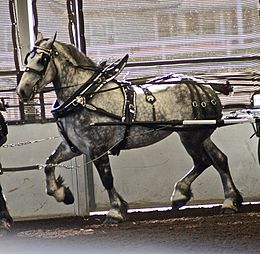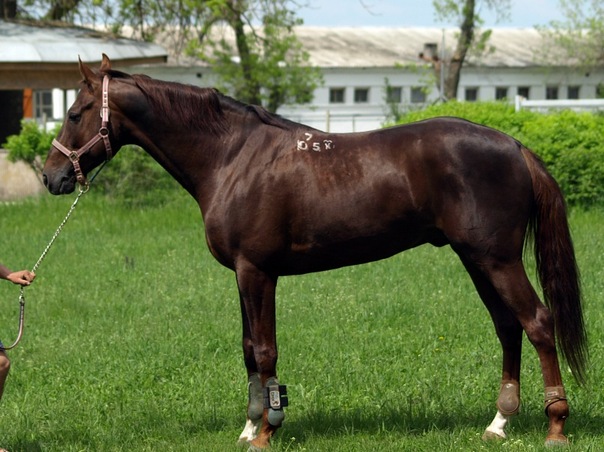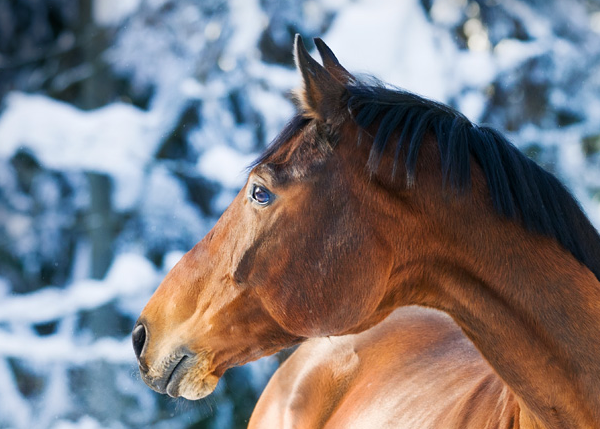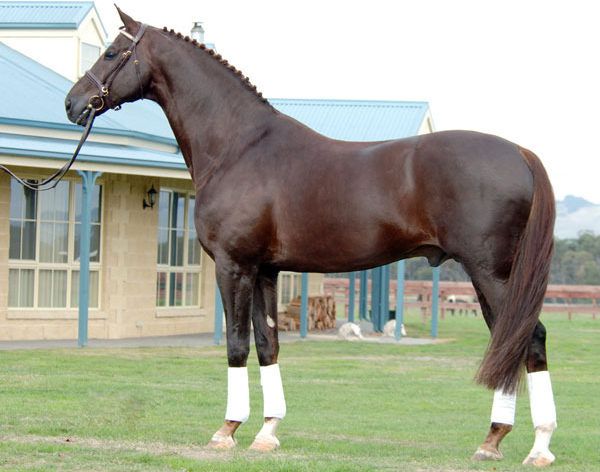violation
Falabella
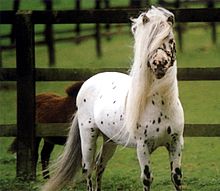 Falabella is a breed of horses whose representatives are the smallest horses in the world. Bred in Argentina, active work on fixing the main features of the breed was carried out from the end of the 19th century to the middle of the 20th century. The breed is named after the Falabella family, which has devoted many years to breeding this breed at its ranch near Buenos Aires. The Falabella breed also contains a certain percentage of Spanish blood (Andalusian), since the initial herd from which the breeding began was originally composed of small Spanish horses, as well as creollo.
Falabella is a breed of horses whose representatives are the smallest horses in the world. Bred in Argentina, active work on fixing the main features of the breed was carried out from the end of the 19th century to the middle of the 20th century. The breed is named after the Falabella family, which has devoted many years to breeding this breed at its ranch near Buenos Aires. The Falabella breed also contains a certain percentage of Spanish blood (Andalusian), since the initial herd from which the breeding began was originally composed of small Spanish horses, as well as creollo.
Breed history
The idea of breeding a miniature breed of horses originally belonged to the Irish Patrick Newall, who also lived in Argentina. Continue reading
Oldenburg horse breed
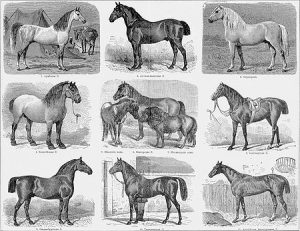 The Oldenburg breed is one of the oldest warm-blooded horse breeds that arose in the 17th century in a small German county (Oldenburg province, East Frisia). Named in honor of its founder, Count Anton Gunter von Oldenburg (1603-1667), who was passionately fond of horse breeding. His horse breeder subsequently became the best in Germany. And no wonder. Many factors contributed to this: a mild marine climate, spacious pastures rich in greenery, and also close proximity to Holland, which has long been famous for its ancient traditions of horse breeding. The Oldenburg horse at the beginning of its evolutionary development looked like a harnessed one, with a high-ranking gait (for the convenience of a collar), with movable wrists and shoulders. Then over the years, the appearance of the horse changed. German horse breeders always quickly adapted to the ever-changing demands on horses. However, it was not so much a quick change of orientation that made the Oldenburg horses popular, but rather the high quality standards for horses. For example, throughout the 17th century, the Oldenburg horse acted as a baroque-style horse. Continue reading
The Oldenburg breed is one of the oldest warm-blooded horse breeds that arose in the 17th century in a small German county (Oldenburg province, East Frisia). Named in honor of its founder, Count Anton Gunter von Oldenburg (1603-1667), who was passionately fond of horse breeding. His horse breeder subsequently became the best in Germany. And no wonder. Many factors contributed to this: a mild marine climate, spacious pastures rich in greenery, and also close proximity to Holland, which has long been famous for its ancient traditions of horse breeding. The Oldenburg horse at the beginning of its evolutionary development looked like a harnessed one, with a high-ranking gait (for the convenience of a collar), with movable wrists and shoulders. Then over the years, the appearance of the horse changed. German horse breeders always quickly adapted to the ever-changing demands on horses. However, it was not so much a quick change of orientation that made the Oldenburg horses popular, but rather the high quality standards for horses. For example, throughout the 17th century, the Oldenburg horse acted as a baroque-style horse. Continue reading
Pegay’s favorite American horse suit
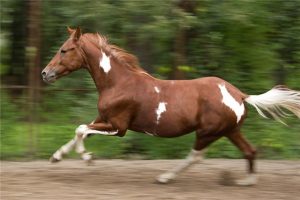 Experts believe that the pinto suit appeared a very long time ago, just like the rest of the monochrome ones. Even in ancient Egyptian books you can find illustrations with unusual spotted mares. To date, spotted horses are bred as a result of crossing individuals.
Experts believe that the pinto suit appeared a very long time ago, just like the rest of the monochrome ones. Even in ancient Egyptian books you can find illustrations with unusual spotted mares. To date, spotted horses are bred as a result of crossing individuals.
In America itself, such beautiful and noble horses appeared with the help of conquistadors. Thus, a characteristic feature is the mandatory presence of white spots on the main color background. In fact, the drawings on the body are quite diverse – their palette includes shades from the minimum presence of a white color to its maximum presence. Photo of a Bulan pinto. The spots on the body of horses representing the American variety have a peculiar irregular (chaotic) shape. Continue reading
